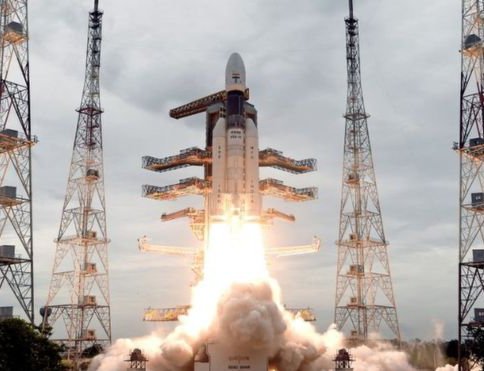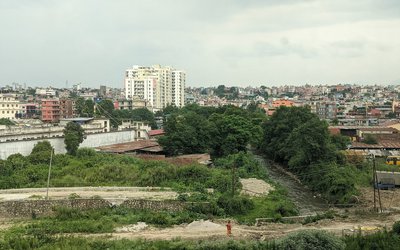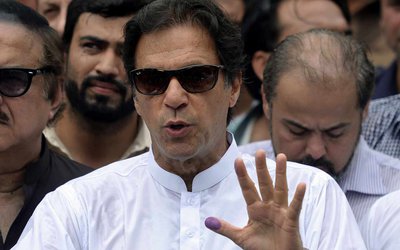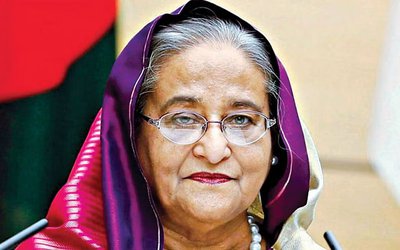
India's attempt to become the first nation to land a spacecraft near the Moon's unexplored south pole has apparently ended in failure.
The Chandrayaan-2 approached the Moon as normal until an error occurred about 2.1km (1.3 miles) from the surface, officials said.
India's Space Research Organization (Isro) said it lost contact seconds before the ship was expected to land.
India would have been the fourth nation to make a soft landing on the Moon.
The country's first Moon mission - Chandrayaan-1, in 2008 - carried out the first and most detailed search for water on the lunar surface using radars.
What happened?
Chandrayaan-2 entered the Moon's orbit on 20 August and was due to make a controlled descent to the surface early on Saturday, Indian time, over a month after it first took off.
Staff at mission control were glued to the screens at Isro's Bangalore space centre as the spacecraft made its descent towards the surface.
The control room burst into applause during the so-called rough breaking phase of the descent, with India's Prime Minister Narendra Modi watching the action from behind a glass screen.
Details were unclear in the minutes after the apparent failure.
Isro chairman Kailasavadivoo Sivan announced to staff that the ship's initial descent had been "normal," and that the mission's data would be analysed.
Mr Sivan had earlier described the final 15-minute descent period as "15 minutes of terror".
After the announcement, Prime Minister Modi gave a brief speech in the control room. "It is no small thing we have achieved," said Mr Modi. "Be courageous."
What was this mission all about?
Chandrayaan-2 (Moon vehicle 2) was the most complex mission ever attempted by India's space agency, Isro. "It is the beginning of a historical journey," Isro chief K Sivan said after launch in July.
The lander (named Vikram, after the founder of Isro) carried within its belly a 27kg Moon rover with instruments to analyse the lunar soil.
India's grand ambitions in second Moon mission
In its 14-day life, the rover (called Pragyan - wisdom in Sanskrit) could travel up to a half a kilometre from the lander and will send data and images back to Earth for analysis.
The mission would have focused on the lunar surface, searching for water and minerals and measuring moonquakes, among other things.
Why would it have been significant?
A soft landing on another planetary body - a feat achieved by just three other countries so far - would have been a huge technological achievement for Isro and India's space ambitions, writes science writer Pallava Bagla.
News Credit: BBC
- Supreme Court upholds appointment of 52 officials
- Jul 03, 2025
- Weather Forecast: Generally Cloudy In The Hilly Areas With Heavy Rainfall In Some Areas Of Bagmati And Koshi Province
- Jul 03, 2025
- MCA-Nepal Welcomes Continued U.S. Support for MCC Nepal Compact Implementation
- Jul 02, 2025
- Sutlej to sell electricity from Arun III to Uttar Pradesh
- Jul 02, 2025
- PHDCCI India-Nepal Centre Organises “India-Nepal Fintech Summit 2025” In New Delhi
- Jul 02, 2025














